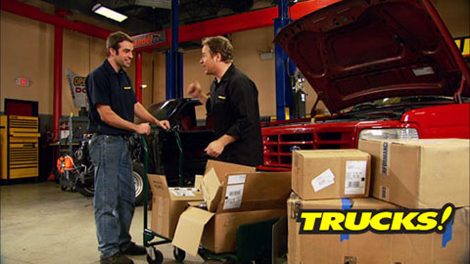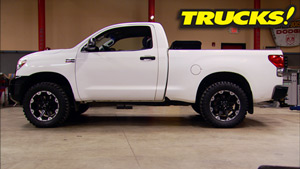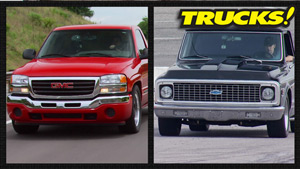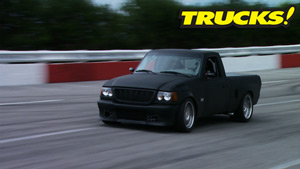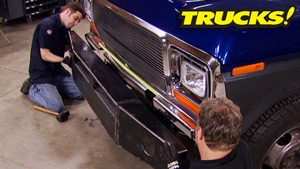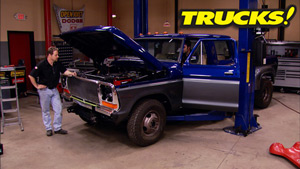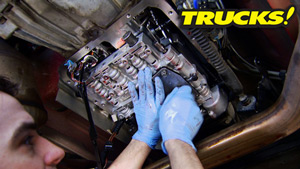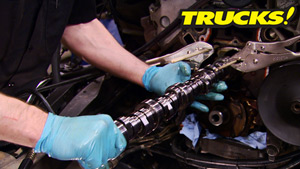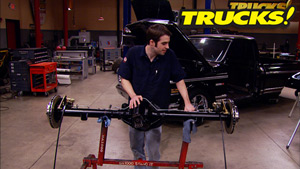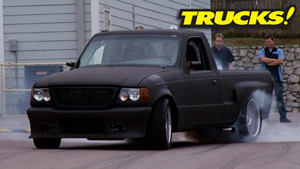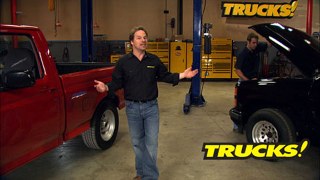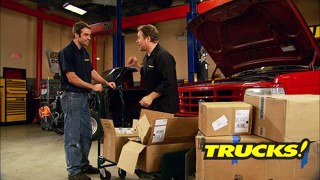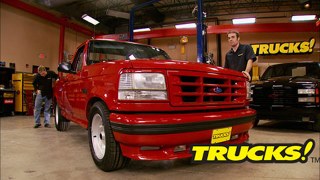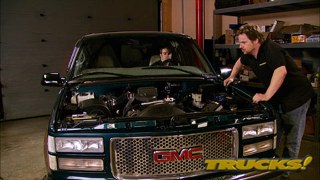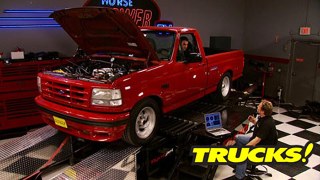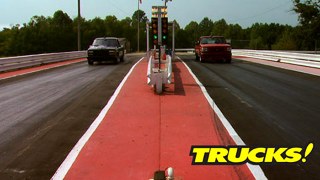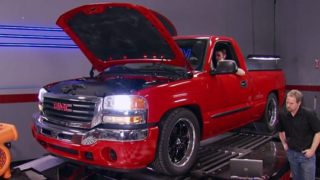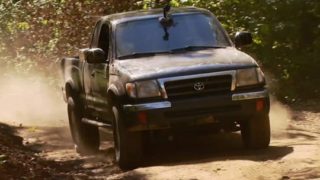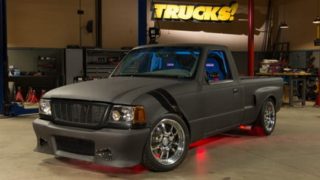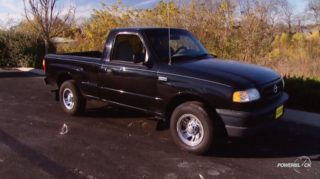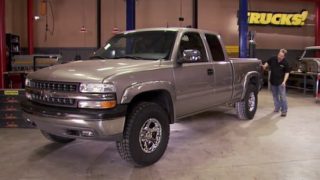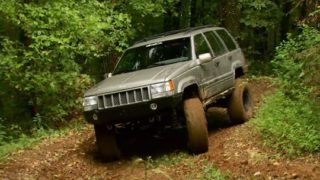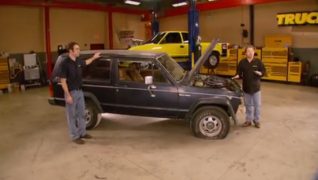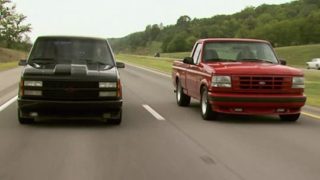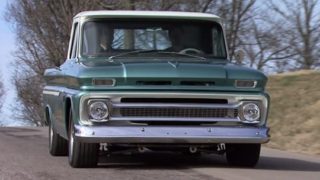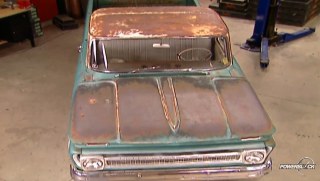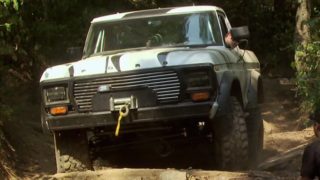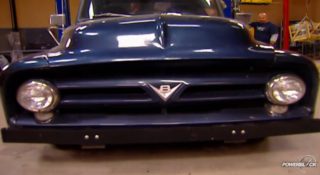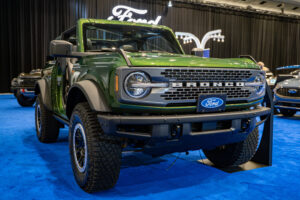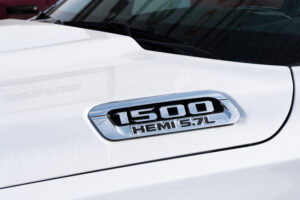More "MuscleTrux Wars" - '90 Chevy 454 SS vs. '94 Ford Lightning Episodes
Trucks! Builds
Want more content like this?
Join the PowerNation Email NewsletterParts Used In This Episode
B&M Racing
B&M Shift Improver Kit for E40D Transmission, synthetic "Trick Shift" Fluids.
B&M Racing
B&M Shift Improver Kit for Turbo 400, synthetic "Trick Shift" fluids.
BBK Performance
75 mm throttle body.
BBK Performance
Inline fuel pump.
BBK Performance
Polished ceramic coated shorty headers 1.625 primaries.
Dunne-Rite Performance LLC
Mass Air Flow Conversion with stand-alone engine controller.
Dunne-Rite Performance LLC
Stand-alone transmission controller.
Edelbrock
Pro-Flo EFI setup with manifold and calibration chip, hydraulic roller lifters, hydraulic roller camshaft, exhaust headers, gasket kit set, timing set, head bolts, intake bolts, heat treated pushrods, aluminum cylinder heads.
Flowmaster
Universal tailpipe kit and various offset bends, Scavenger Y-pipe.
Goodmark Industries
Steel cowl induction hood.
Quadratec
Metal grille inserts for Jeep JK and Jeep TJ.
Robert Bosch LLC
Aftermarket fuel injector set.
STS Turbo
Stage Three Universal Turbo Kit. Included with all STS Universal Kits is the Patented STS Remote Mount Turbo Oil System, STS professionally selected turbocharger, wastegate and flanges along with STS Remote Mount Universal Turbo Kit Installation Manual.
Summit Racing
Spark plug wires, Ford TFI coil, Summit Racing street & strip boost timing master multi-spark digital CD ignition.
TCI Automotive
E40D 4 lug Maximizer torque convertor.
WD-40
Smart Straw and Big Blast aerosol cans.
